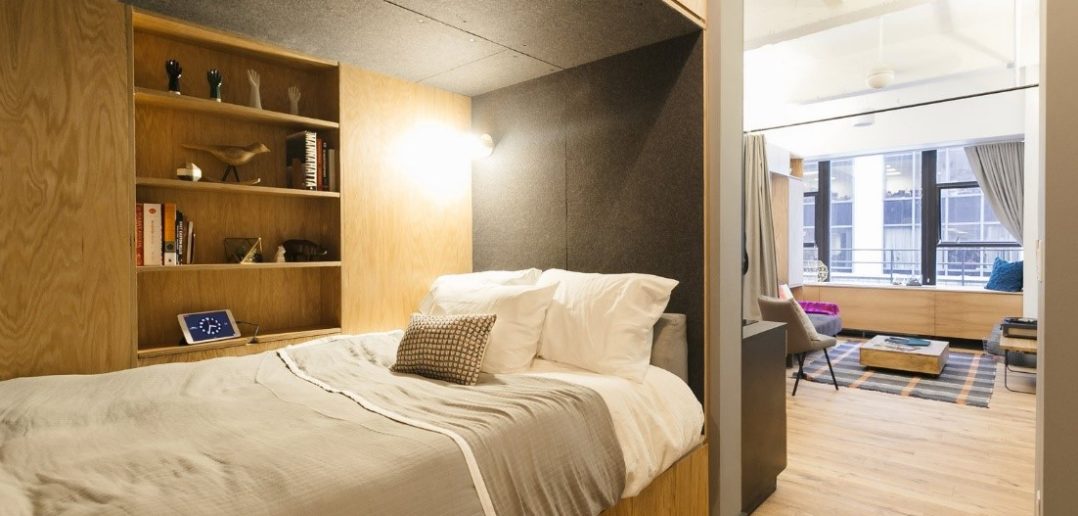Residents, aged 60 or above, from the Ex-Soviet Union countries will certainly remember the communal apartment designed to minimise space per person. Aside from a bedroom, everything else was shared including: the bathroom, kitchen and all living space. Today, in the high priced cities like London, New York and San Francisco, efforts are underway to try and re-design co-living space but, in a new modern way.
Residents want a private bedroom, bathroom and kitchenette, but seem willing to share a gourmet kitchen, large screen video rooms and some shared amenities like a fitness center and conference/work rooms. All of the space is more utilised than before, reminiscent of the sharing economy, but this time it provides more space choices for less money in places where totally private space is fiscally unreachable.
Further, the idea can include furnished apartments and when enough of them are available in major markets, resident members will be able to have greater mobility and what feels like multiple residences. If not for global citizens, at least modern professionals with multiple office employers will appreciate the access to this new choice. It may slightly decrease hotel space demand for the corporate traveler and yet provide accommodations that are more comfortable.
Who is pushing this trend? WeWork has developed a concept called WeLive being tested in Manhattan (New York) that is based on co-living designs. The Collective is testing the idea in London. The Collective includes a library of things that are shared and amenities like Wi-Fi, video rooms and more space than normally provided in a hotel.[1]
The idea of communal space has not only accelerated in the residential space industry but, also in office and hotel property types. Companies like Regus and WeWork are developing short to long term lease options that allow tenants to rent anywhere between one office to an office floor. In settings like these, lessees share floor bathrooms, common area breakrooms, and study spaces. In addition, the demand for affordable accommodations has led to an increased development of microhotels and upscale hostels. Nine Hours is a compact hotel in Japan where guests sleep in bed pods. Hotels like Yotel are seeing favor over big brands, like Marriott and Hilton, because of their creative concepts and encouragement of community togetherness.
Urban growth demand is expected to advance. The concept of shared living provides privacy where desired, and by scaling up the number of roommates sharing some common areas, the rental cost burden is dispersed while space utilisation increases. Metropolitan residential developers that journey outside of the normal apartment style floorplans will be at the forefront of the communal movement. It seems as though this co-living trend may be making a comeback and providing a less expensive way for our creative and talented youth to stay in cities.
[1] See the Economist “Rent Collective” Sept 2nd, 2017, p. 56 and also www.welive.com and www.thecollective.co.uk
Source: Dezeen.com
Top photo © Collective Old Oak Location



